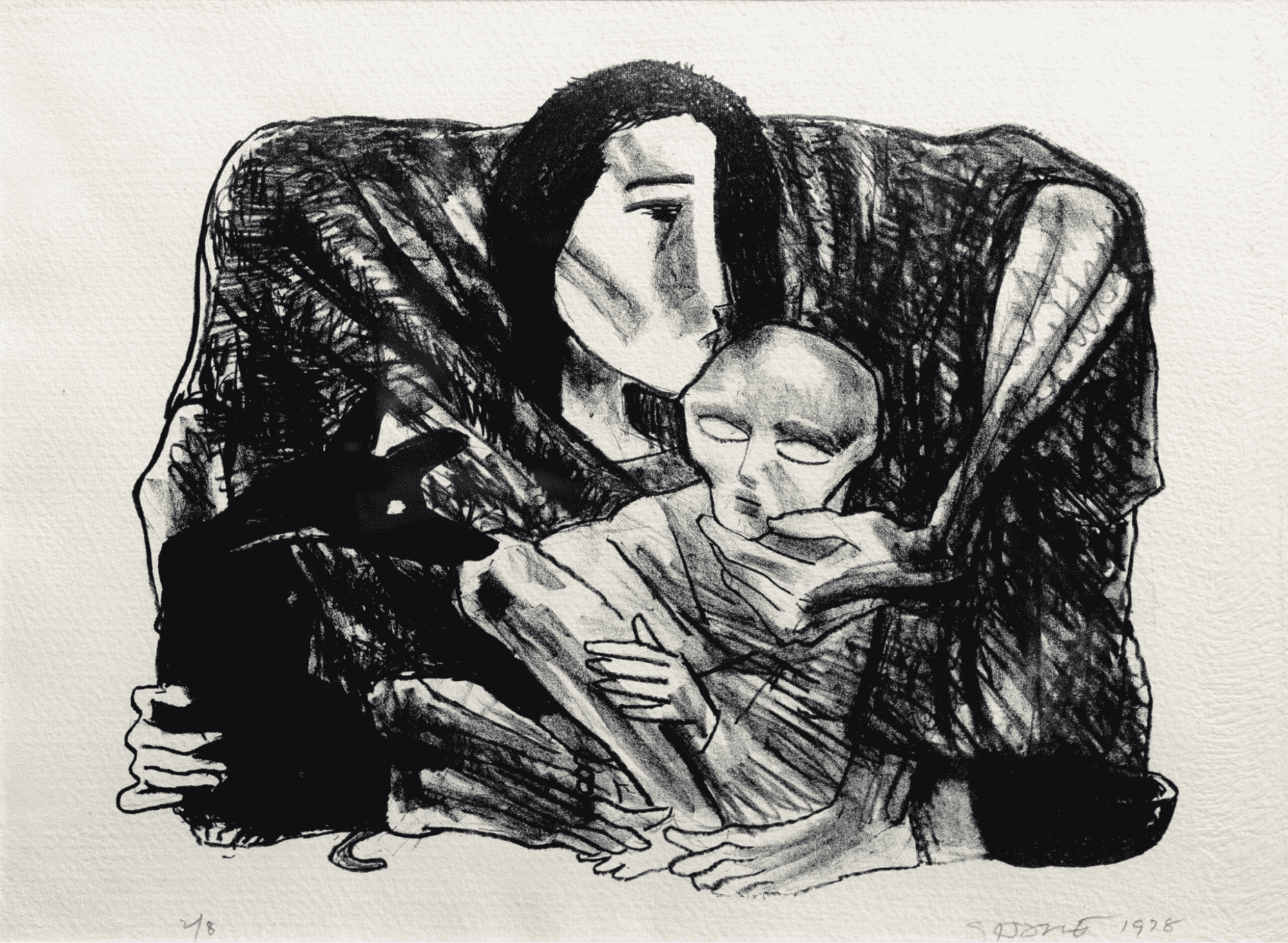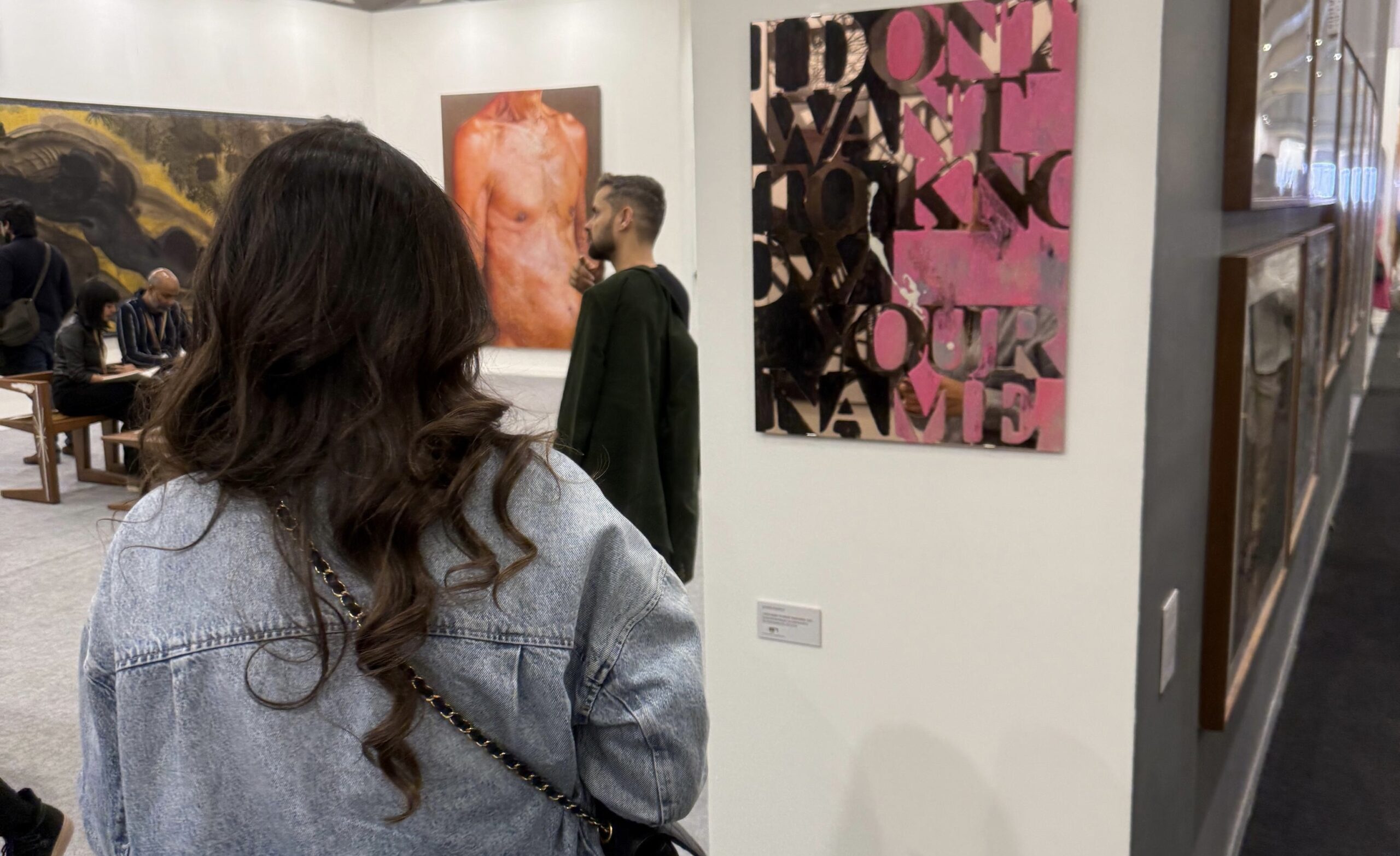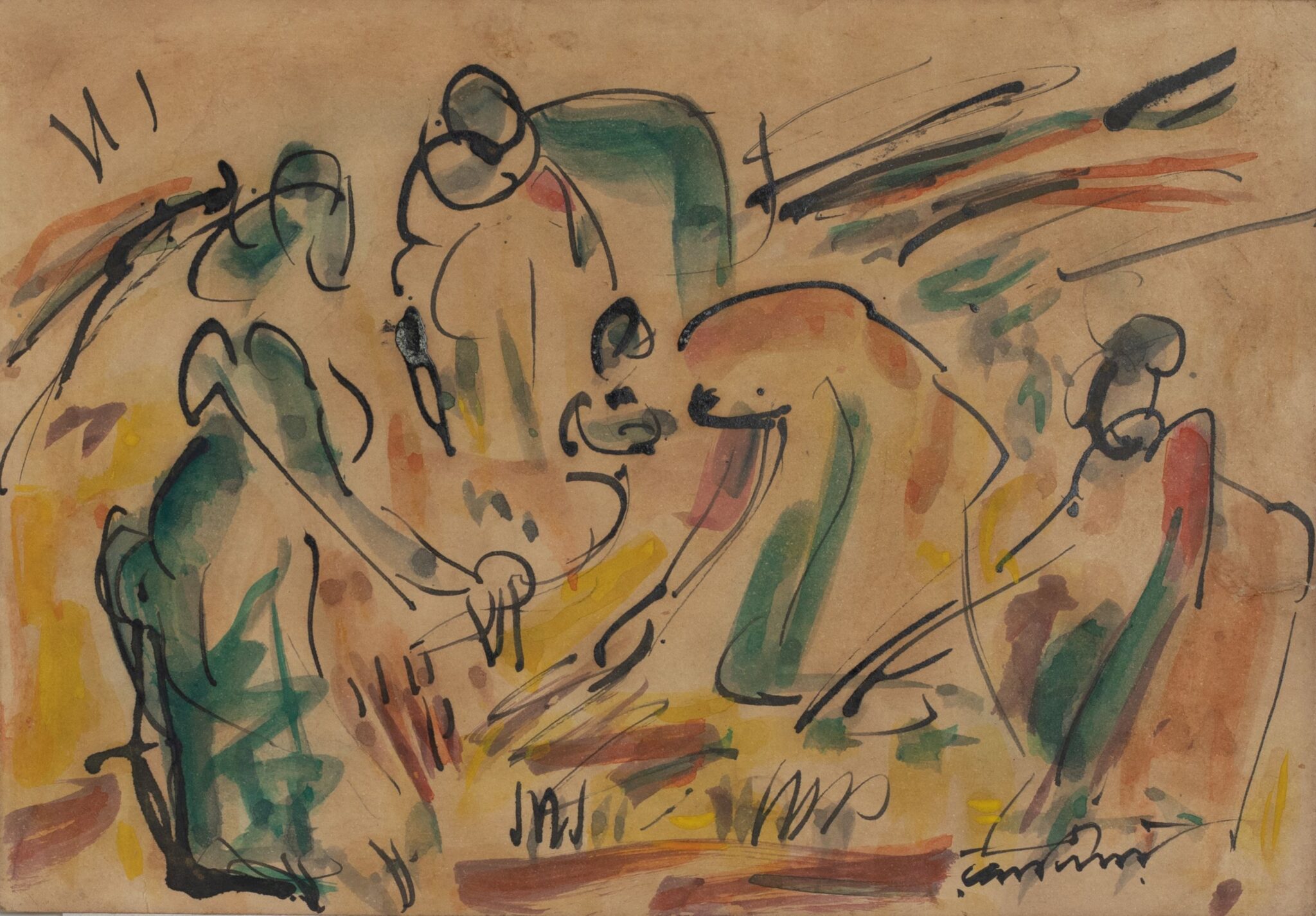
Buying art is an experience that blends passion, curiosity, and investment. For some collectors, it’s about building a meaningful connection with a work that inspires and resonates. For others, it’s about adding a valuable asset to their portfolio that they may appreciate over time. Whatever your motivation, one fact remains unchanged: an informed collector is a confident collector.
Art collecting isn’t simply about falling in love with a piece and purchasing it on the spot. It requires research, critical questions, and due diligence. The right checklist can help you avoid costly mistakes while ensuring that your acquisition is both meaningful and secure.
The first step is to truly understand the piece you’re considering. Art is more than canvas, paper, or sculpture, it is an idea, a vision, and a reflection of the artist’s journey. Ask yourself: what does the artwork represent, and why does it matter to me? Does the subject or theme resonate with my personal taste, collection goals, or long-term vision? Do I connect with the artist’s philosophy or background?
Equally important is learning about the artist’s trajectory. Their career path, exhibitions, awards, and overall reputation influence how the work will be valued in the future. A well-documented career adds confidence to your purchase and strengthens the piece’s investment potential.
The physical state of an artwork directly affects both its longevity and its market value. Before committing, examine it closely for cracks, fading, discoloration, tears, or moisture damage. Even seemingly minor flaws can affect resale prospects. Ask about restoration history: has the piece been restored, and if so, was it handled professionally? The quality of restoration can preserve or compromise authenticity. Additionally, understanding the materials used, whether oil, acrylic, paper, or mixed media, is also key to predicting how the work will age and what care it will need.
Verifying authenticity is one of the most crucial steps in art collecting. Without proper documentation, even a beautiful artwork risks losing both credibility and value. Look for a Certificate of Authenticity (COA), ideally issued by the artist, their estate, or a reputable gallery. Exhibition records, publications, and gallery provenance further reinforce legitimacy.
Authenticity protects not only the monetary worth of the work but also your reputation as a collector. Purchasing without documentation is a gamble that could prove costly in the future.
For many collectors, art serves as both passion and asset. To make informed choices, it is essential to understand the art market and its trends. Factors influencing value include the artist’s reputation, the rarity of the piece, its size, medium, and subject matter, as well as recent auction or gallery sale records.
Thorough research, reviewing past sales of comparable works and analyzing whether the artist’s market is growing, ensures more confident decision-making. While art is not as liquid as stocks or bonds, a thoughtfully chosen piece can appreciate significantly over time and contribute meaningfully to your collection’s long-term value.
Beyond financial value and documentation, the emotional connection you feel toward a piece often determines its true significance in your collection. Ask yourself whether the work inspires you every time you see it, whether its meaning will endure over the years, and whether you would still cherish it even if it never gained in financial value.
Collectors often agree that the most rewarding acquisitions are those that resonate deeply on an emotional or intellectual level. Art collecting, at its best, is driven by passion as much as investment.
Legal clarity is non-negotiable when buying an artwork. Before purchasing, confirm that the seller is the rightful owner with full authority to sell. Clarify copyright and reproduction rights, since owning an artwork does not necessarily grant you the right to reproduce it. Always insist on a written agreement that specifies condition, price, and terms of sale.
Proper documentation ensures uncontested ownership and safeguards your rights as a collector, protecting you from potential disputes in the future.
Buying art is only the beginning of your role as a collector. To ensure its value and longevity, you must care for the piece properly. Display it with attention to light, temperature, and humidity, and ensure it is appropriately framed or protected. If not on display, store it in a climate-controlled space.
Insurance is another important step, protecting against theft, fire, or accidental damage. Some works may also require periodic conservation to prevent deterioration. Many serious collectors treat their acquisitions as cultural assets and invest in professional storage and maintenance, securing their collection’s legacy for the future.
Collecting art is an enriching journey that blends passion with responsibility. Each purchase has the potential to transform your collection, but it also comes with risks if approached without preparation. By asking the right questions about authenticity, condition, legal ownership, market value, and personal resonance, you not only protect your investment but also deepen your connection with the art you acquire.
A well-informed collector doesn’t just buy art, they build a legacy. Whether your goal is personal enjoyment, financial appreciation, or both, following a clear checklist ensures that every acquisition adds genuine value to your collection.
October 28, 2025
“Art washes from the soul the dust of everyday life.” – Pablo Picasso The wonder of experiencing and engaging with art can feel elusive, even exclusionary. Many imagine it as belonging only to the realm of the select few “in the know,” fluent in the language of art. For […]

Navigating the art world can be daunting. Prices aren’t always transparent, authenticity can be difficult to confirm, and opportunities often circulate in exclusive circles. For both seasoned collectors and first-time buyers, one question often arises: how do I make the right choices with confidence? This is where an art advisory […]

Indian Modern art is a vibrant story of transformation, a journey shaped by colonial encounters, nationalist aspirations, and the search for a distinct visual identity. It reflects the broader story of India itself: negotiating between the local and the global, the inherited and the imagined. Intertwined with history, social change, […]